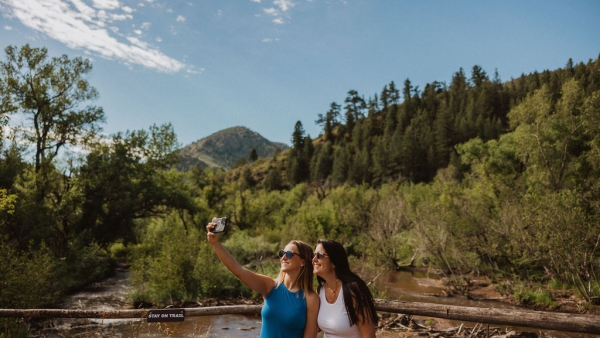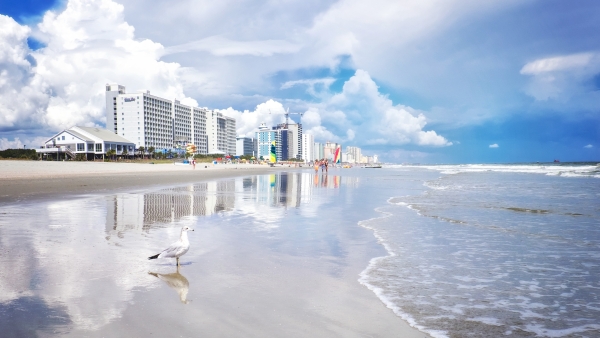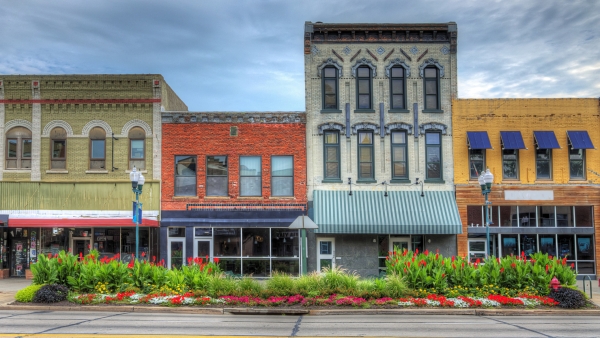Article
How We Think
Harnessing Research & Data

We invest in independent, third-party research to drive strategy, measurement and optimization.
What sets Miles apart is our ability to turn that research and analytics into actionable insights that inform decisions, shape changes and drive improvements for our clients.
Stay up to date
Looking Ahead
Let’s connect! Our team attends more than 100 industry conferences and hosts numerous webinars throughout the year. Here’s where we’ll be and what we’re talking about next.
The Latest from Miles
We’re committed to shaping a bold future for the travel industry. From new research and trends to webinars and conference presentations, here are some of the topics we’ve been thinking about lately.


Article
White Paper: The Value of Print in a Digital Marketing World
Read more
Research
Quarterly Research Powered by of The State of the American Traveler
Read more
Article
White Paper: Search and Discovery in the AI Era
Read more
Webinar
AI Roundtable for Destinations
Read more
Article
TikTok Travel Marketing in 2026: What You Need to Know
Read more
Webinar
The Year in Review and the Year Ahead 2025
Read more
Article
Scoring from International Sporting Events: The Power and Potential for Tourism
Read more
Webinar
Destination Management, Powered by The State of the American Traveler 2025
Read more
Article
Driving Opportunity: Insights From Our Latest Road Trips Research
Read more
Webinar
Unlocking Tourism Data with AI
Read more
Article










